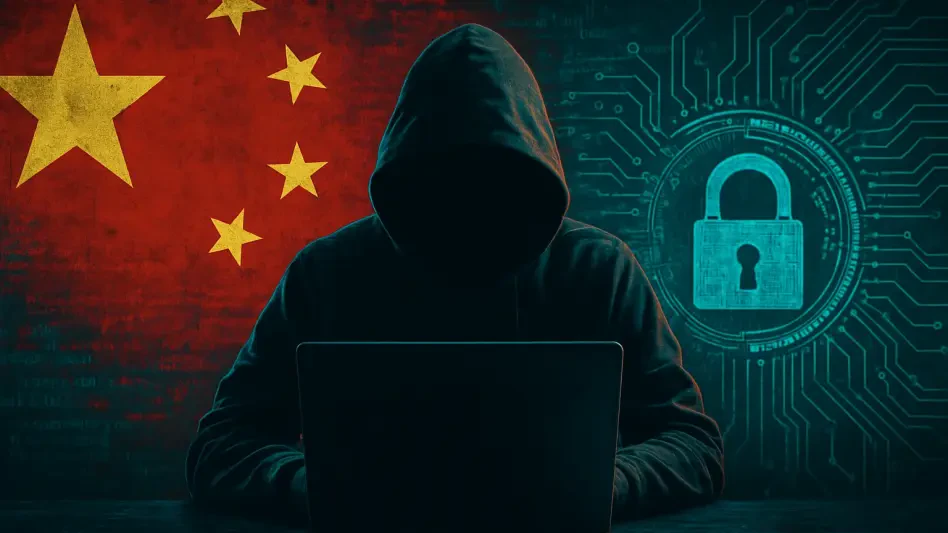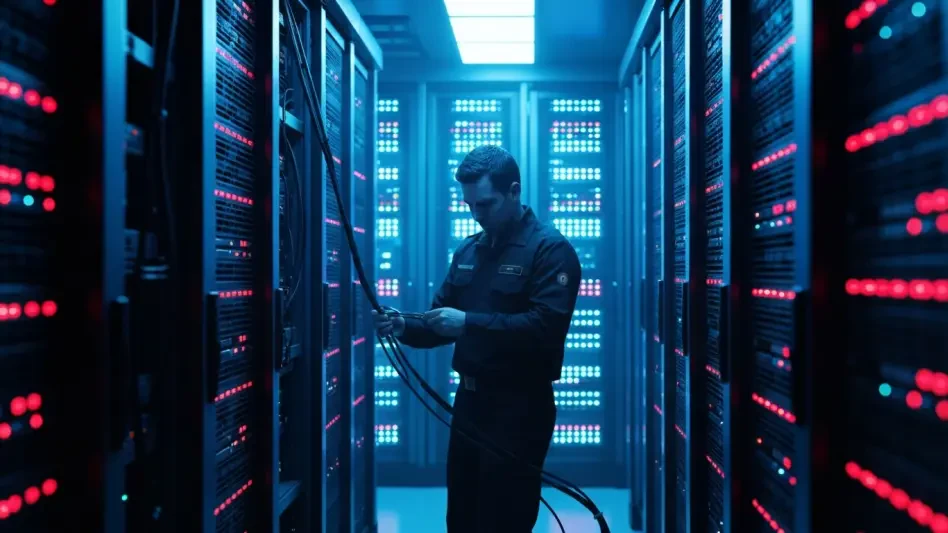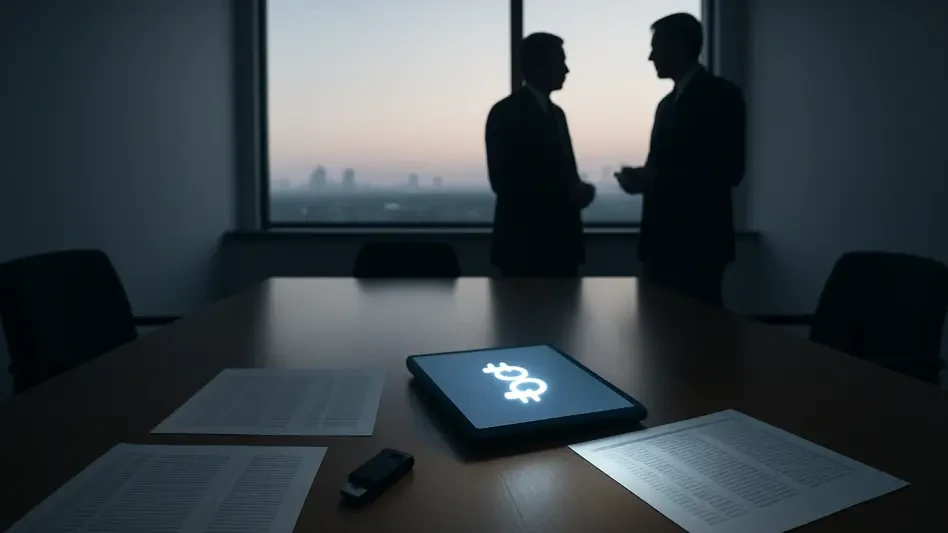In an alarming development that underscores the growing sophistication of state-sponsored cyber threats, a critical security advisory has been issued highlighting the pervasive dangers posed by a Chinese hacking group known as Salt Typhoon. This advisory, released in collaboration with federal cybersecurity authorities, reveals a sprawling campaign of espionage that has infiltrated vital infrastructure across the globe, compromising telecommunications, government, and healthcare sectors with chilling precision. The scale of these attacks, affecting dozens of organizations in over 80 countries, serves as a stark reminder of the vulnerabilities inherent in interconnected digital systems. As malicious actors exploit these weaknesses for surveillance rather than financial gain, the urgency to understand and counteract their methods has never been greater. This pressing issue demands attention from both public and private entities to safeguard sensitive data and maintain global security norms in the face of such relentless cyber aggression.
Unveiling the Scope of the Cyber Threat
Scale and Reach of Intrusions
The breadth of Salt Typhoon’s cyber-espionage operations is staggering, with documented impacts on at least 60 organizations spanning more than 80 countries worldwide. Unlike typical cybercrime motivated by monetary gain, this group’s primary objective appears to be long-term surveillance and intelligence gathering. Major telecommunications providers have been a key focus, with large backbone routers and edge devices serving as entry points for infiltration. Beyond telecom, the campaign extends its reach into government, military, and healthcare sectors, demonstrating a strategic intent to undermine critical infrastructure on a global scale. The hackers’ ability to target such diverse and essential systems reveals a level of coordination and resource backing that points to significant state support, amplifying the threat to international security and privacy standards. This widespread targeting underscores the need for a unified response to curb the pervasive influence of such actors.
Historical Context and Persistent Danger
Salt Typhoon has been active for several years, with activities traced back over a significant period, continuously evolving their tactics to evade detection. Their persistence in maintaining access to compromised systems—often for extended durations—demonstrates a calculated approach to espionage. A notable instance involved a breach of a US state National Guard network, where the group remained undetected for nearly a year while extracting sensitive military and law enforcement data. Such prolonged intrusions highlight the sophistication of their methods and the challenges faced by defenders in identifying and expelling these threats. The ongoing nature of these attacks suggests that without robust countermeasures, the risk of further breaches will only increase. As the group continues to refine its strategies, staying ahead of their moves requires constant vigilance and adaptation from cybersecurity professionals across affected sectors.
Strategies and Countermeasures Against Espionage
Tactics Employed by the Hacking Group
Delving into the operational methods of Salt Typhoon reveals a highly technical and methodical approach to cyber intrusion. The group often begins by exploiting known vulnerabilities in networking equipment, particularly targeting routers at the provider and customer edges. Once access is gained, they manipulate access control lists and establish privileged accounts to ensure sustained entry. Remote management capabilities are then enabled, allowing them to maintain a foothold in compromised systems over long periods. From these initial breaches, the hackers pivot to connected networks using trusted relationships, expanding their reach across entire infrastructures. This lateral movement enables them to gather intelligence from multiple points, making their operations particularly difficult to contain. Understanding these tactics is crucial for organizations aiming to fortify their defenses against such persistent and stealthy adversaries.
Recommended Defensive Actions
To combat the sophisticated threat posed by Salt Typhoon, actionable guidance has been provided through a joint cybersecurity advisory. Organizations are strongly encouraged to prioritize identifying and remediating any presence of malicious software within their networks or associated third-party systems. Key defensive steps include promptly patching known vulnerabilities in networking equipment to close off entry points. Monitoring for unauthorized alterations to access controls and scrutinizing remote management activities can help detect intrusions early. Enhancing network visibility is also critical to spotting suspicious behavior before it escalates, thereby limiting the ability of attackers to move laterally within systems. Reporting incidents to local authorities ensures that broader intelligence can be gathered to counter these threats. By adopting these measures, entities across various sectors can build a stronger defense against the espionage activities that jeopardize both national and global security.
Collaborative Efforts for Global Security
The fight against Salt Typhoon necessitates a collaborative approach that transcends borders and sectors, uniting international partners and private organizations in a shared mission. Cybersecurity experts and government officials alike stress the importance of improved visibility into network activities and early detection of malicious behavior as foundational elements of a robust defense strategy. Sharing intelligence on attack patterns and vulnerabilities can significantly enhance collective preparedness against such state-sponsored threats. Beyond technical solutions, fostering stronger international policies and agreements to deter cyber aggression remains a priority. The scale of this espionage campaign serves as a call to action for all stakeholders to pool resources and expertise, ensuring that critical infrastructure remains protected. Reflecting on past efforts, the coordinated response to these warnings highlighted the power of unity in addressing cyber challenges that no single entity can tackle alone.








